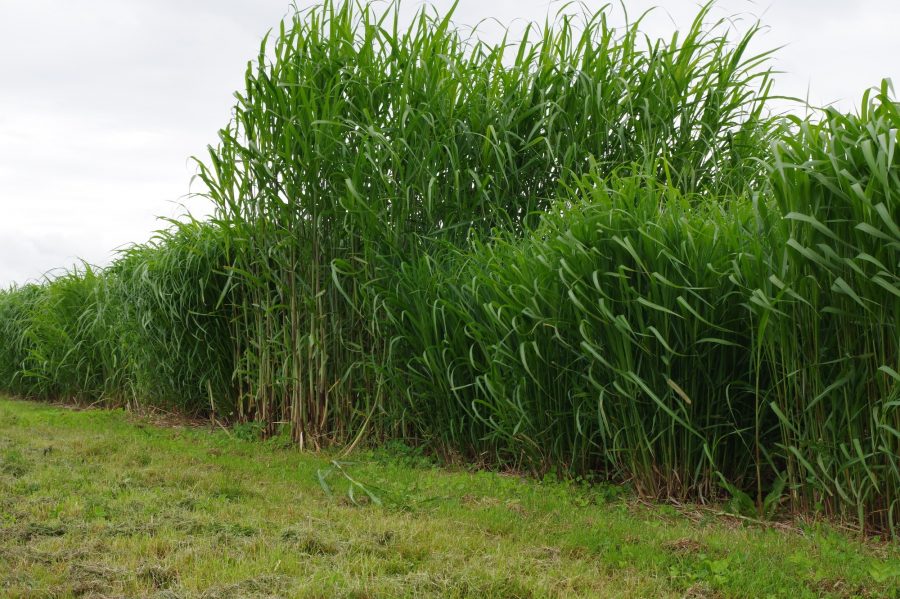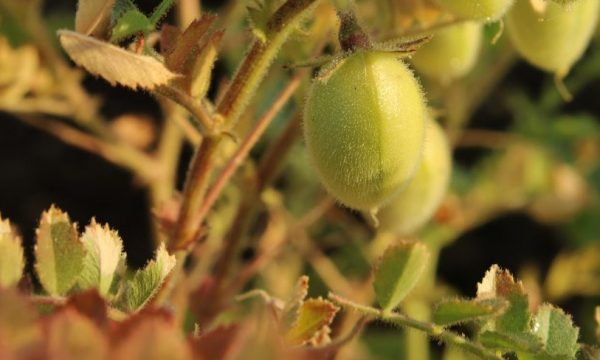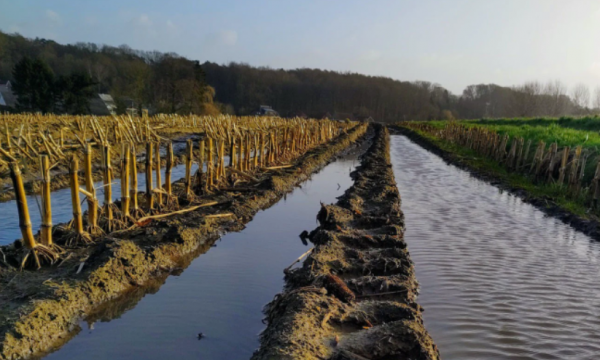Press release How can we accelerate the switch from a fossil economy to a bioeconomy?

"To make the transition from a fossil economy to a bio-economy, everyone will have to do their part," says ILVO-UGent researcher Jonas Van Lancker. Policy makers will have to set even stricter preconditions for this more sustainable economy, research institutions will have to commit to spreading and applying their knowledge as broadly as possible, companies will have to collaborate across industry boundaries, and consumers will have to become aware of the benefits.
Analysis of innovations
In order to work towards this in a focused way, the researcher developed a BioID model that bundles recommendations around innovation management in the bioeconomy. He also introduced the new concept of Organizational Innovation System (OIS), which can be used as a guiding model for the design and analysis of innovation projects. With his research, Jonas Van Lancker provided insights and recommendations on how to address and accelerate the transition to a bioeconomy.
From fossil to bio
Our current economic system is based on fossil resources, but this is coming under intense societal pressure together with population growth and aging, dwindling supplies of raw materials and materials, and a changing climate. The development of a bio-economy can offer solutions to some of these challenges. It involves the sustainable production and processing of biomass into food, feed, paper, biofuel, bio-plastics, and biopharmaceuticals. This reduces our dependence on fossil resources such as oil, and enables us to provide goods and services that are less environmentally damaging.
Despite the efforts of many researchers over the last 15 years, the bioeconomy is still very small, especially when you consider the non-traditional bioeconomy, which includes biomaterials, biofuel, and biopharmaceuticals. Many technical-scientific questions are still unanswered, and even more socioeconomic questions remain open. One such question is "If you want to work within the bioeconomy, what should the innovation strategy of your organization or company look like?" Indeed, to enable a transition to a bio-based economy, many radical innovations are needed, in both traditional and new companies. While there is consensus on the importance of knowledge building, research, development and innovation for the success of the transition, little research has been done on how to do this. During his doctoral studies, Jonas Van Lancker therefore developed insights into how organizations can adapt their innovation management strategies for a transition to a more bio-based economy. He then explored what that means for researchers and companies, but also for governments that want to create and support an enabling environment for innovation.
Stepwise conversion of sectors or radical conversion on a project-by-project basis?
A transition to a bioeconomy comes with many challenges. It is often impossible to adapt existing systems, and entirely new techniques must be invented, which requires a great deal of knowledge. There is also a need for cooperation between different actors to exchange knowledge and create new value chains. Moreover, commercialization of new bio-based concepts is often not easy, and legislation around the bioeconomy is complex and fragmented. A step-by-step transition, where problems are solved gradually, is clearly not an option here. On the contrary, radical changes are needed that occur simultaneously and throughout the chain. In order to tackle this in a structured manner, the researcher developed the BioID model. This model brings together recommendations on innovation management in the bioeconomy. In addition, the new concept of Organizational Innovation System (OIS) was introduced, which can be used as a guiding model for the design and analysis of innovation projects.
A combination of the OIS concept and the BioID model was applied in practice, both at ILVO, a public research institution and in 14 different private companies. This was done by means of document analysis and interviews. Based on that, innovation strategies within the bioeconomy were analyzed at the project level.
Recommendations for research, industry and policy
No fewer than 25 recommendations for research, industry and policy in the bioeconomy were formulated based on the results of this study. For example, it is advisable for industrial actors to set up a formal and coherent management strategy for innovation that covers all the elements. This ranges from the configuration of the innovation process, to the management of innovation projects, to the structure of the innovation department and a culture of innovation. Interviews show that companies can benefit from thoughtful collaboration with various external partners. Companies can also invest in a corporate culture that supports innovation. This can be done, for example, by giving all employees the opportunity to think about how the company can do new things, by giving time and space to be creative and experiment, and by setting up the right reward system that will reward creativity and innovation (both financially and "emotionally") and not penalize failure.
Policymakers can support processes that help develop clear definitions for the term bioeconomy and related concepts such as biomass cascade and biorefinery. A shared vision around those terms will ensure that more innovation can occur in "the right direction. In addition, there are still many legal stumbling blocks that policy makers can help to remove. For example, the legislation on "novel food" is good for the protection of public health, but it stands in the way of certain valorizations of secondary flows. Finally, we recommend continuing to invest in research and development within bioeconomy topics.
This research should mainly focus on projects, because many companies are not (completely) bio-based, which means that research data at company level are not entirely representative. Through research, management strategies for innovation, for example based on the BioID model and the OIS concept, can be gradually fine-tuned based on experiences of different players within the bioeconomy.


